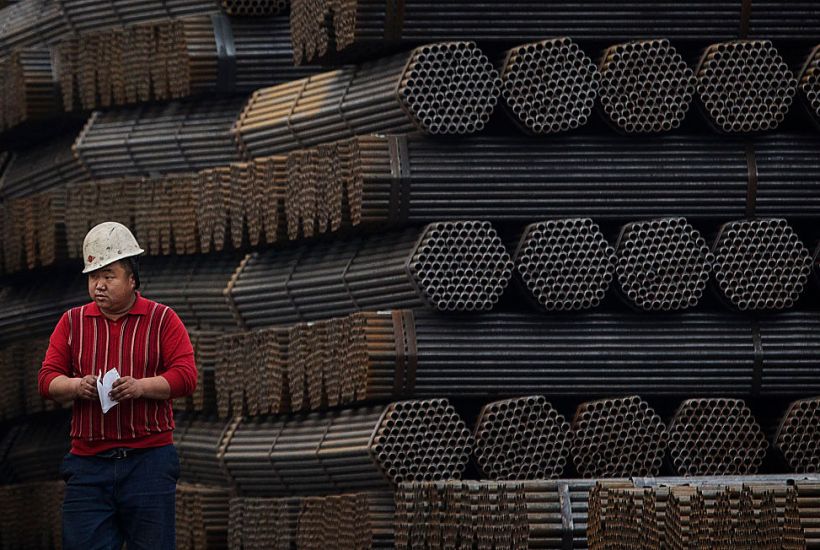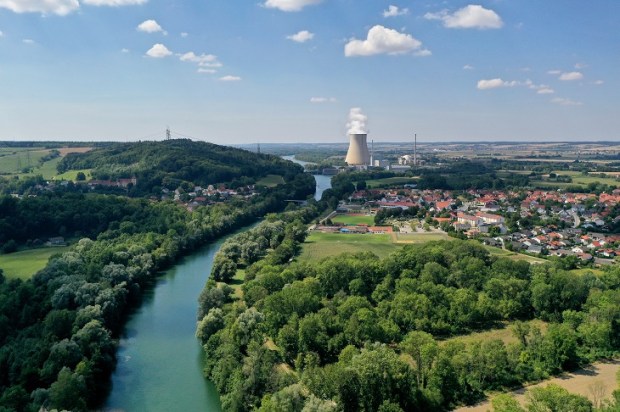Malcolm Turnbull claims the Government’s abolition of the 457 visa in favour of more stringent entry requirements for skilled migrants is designed to ‘put Australian workers first.’
‘This is about jobs for Australian.’ Turnbull boldly proclaimed. ‘The migration program should only operate in our national interest,’
Without doubting the political windfall of the government being seen to crack down on foreign workers snatching jobs from the hands of downtrodden Aussie workers, the government’s changes will do precisely zilch to improve Australia’s job market woes.
Conservative aficionado Cory Bernardi was quick to claim credit for the changes while Unions NSW dubbed the move a ‘rebrand’ that was ‘tinkering at the edges’ of a broken system.
The latter is correct insofar as the changes are more about tightening the screws on the current system than the wholesale abolition of a skilled migrant intake. The number of occupations able to qualify for temporary work permits has been slashed, with pilots, butchers, public relations managers, radio journalists, web developers, among those culled. The visa itself has been divided into two categories; a two and four-year stay, with those in the former group barred from seeking permanent residency. The arduous and ineffective requirements that businesses conduct labour market testing and language tests have been retained, while the visa processing fee has been significantly bumped up. The much-vaunted abolition of the 457 category is a cosmetic touch that is more to do with salesmanship than substance.
Yet both Bernardi and the unions are completely wrongheaded in believing that accepting fewer skilled workers to our shores will be a boon for our own workforce.
The little-known truth is that sponsoring a 457 visa under the former rules was more than onerous enough to deter bosses gratuitously snubbing local talent. With the process costing businesses between $17,000 and $56,000 per worker, it’s already more to expensive bring skilled migrants into Australia than New Zealand, Canada and the lion’s share of European countries. Businesses are forced to shoulder the cost of airfares, language tests and medical care. A single company is authorised to conduct mandatory language tests, often resulting in delays of up to eight weeks just to assess whether a prospective entrant has a basic grasp of the English language.
Attempting to navigate this eye-wateringly expensive and painstakingly bureaucratic quagmire would be an act of sheer lunacy for any employer able to hire a reasonably qualified Aussie worker who is happy to start next week.
The assumption of those who claim that for every 457 visa granted, an Australian is shafted to the back of the job line is that immigration is a zero-sum game. In reality, the alternative to employing a temporary skilled worker is often no job at all.
For instance, consider the fact that sending IT operations offshore is low hanging fruit for Australian businesses looking to cut costs. By making the process of hiring the foreign IT gurus who make up 15 per cent of our 457 visa intake even more punishing, the Government’s changes will only see this trend steepen. The same is true of workers in marketing, engineering and the other specialist business occupations that take up a sizable chunk of our skilled migrant intake.
Even from a purely selfish standpoint, temporary foreign workers are easily among the highest contributing subsets of Australian society. Far from snaffling an undeserved slice of Australia’s economic pie, the vast majority of foreign workers pay tax in the upper brackets without receiving a jot of government health and welfare spending. More than that, their earnings flow back into our own economy, growing our national wealth and in turn, creating more local jobs.
Deloitte Access Economics has found that every 1,000 457 visa arrivals deliver $25 million for the Australian economy in just two years. Among the 9 major immigrant categories, 457 visa holders delivered the second highest boost to GDP per capita. Just as our mining industry relies on intricate machinery made abroad to fully capitalise on our natural wealth, skilled migration helps plug the gaps in our domestic store of human capital. Quite apart from paving the way for underemployed and jobless Australians, the main consequence of pulling up the drawbridge on foreign workers will be making ourselves poorer.
Despite a headline unemployment rate of 5.9 per cent, there’s no doubting certain sectors of our workforce are in the midst economic funk. Unemployment sits above 10 per cent in dozens of regional towns – well over twice and sometimes three times the jobless rate in the east coast’s capital cities. It’s not uncommon in regional Queensland, Western Australia and South Australia for more than one in five young people to be neither working nor studying. There are plenty among those who are working who find themselves languishing below their potential. Nearly 87 per cent of new jobs are only part-time positions, while one in ten workers are underemployed.
This week’s headline that Aussies are finally going to get the first crack at well-paying jobs may temporarily buoy the hopes of workers whose livelihoods are facing the existential threats of automation and offshoring. Sadly, tinkering with immigration is fools gold when it comes to equipping would-be workers with the skills and experience needed to add real value to a business in the cut and thrust of our trade-exposed economy.
Addressing that point means taking a hard-headed look at our heavily centralised, and eye-wateringly high-cost industrial relations system and tearing down the labyrinth of red tape that makes Australia one of the most expensive places in the world to run a business.
Clearly, that’s a harder sell than making empty political gestures about putting Australians first. But dropping the glib catchphrases and making difficult, yet necessary decisions in Australia’s national interest was the very measure of effective leadership Malcolm Turnbull set for himself when he sought the Prime Ministership. On that score, drawing a line between fact and politically convenient fiction on skilled immigration would be a worthy place to start.
John Slater is the Executive Director of the H.R. Nicholls Society.
Got something to add? Join the discussion and comment below.
Got something to add? Join the discussion and comment below.
Get 10 issues for just $10
Subscribe to The Spectator Australia today for the next 10 magazine issues, plus full online access, for just $10.


























Comments
Don't miss out
Join the conversation with other Spectator Australia readers. Subscribe to leave a comment.
SUBSCRIBEAlready a subscriber? Log in